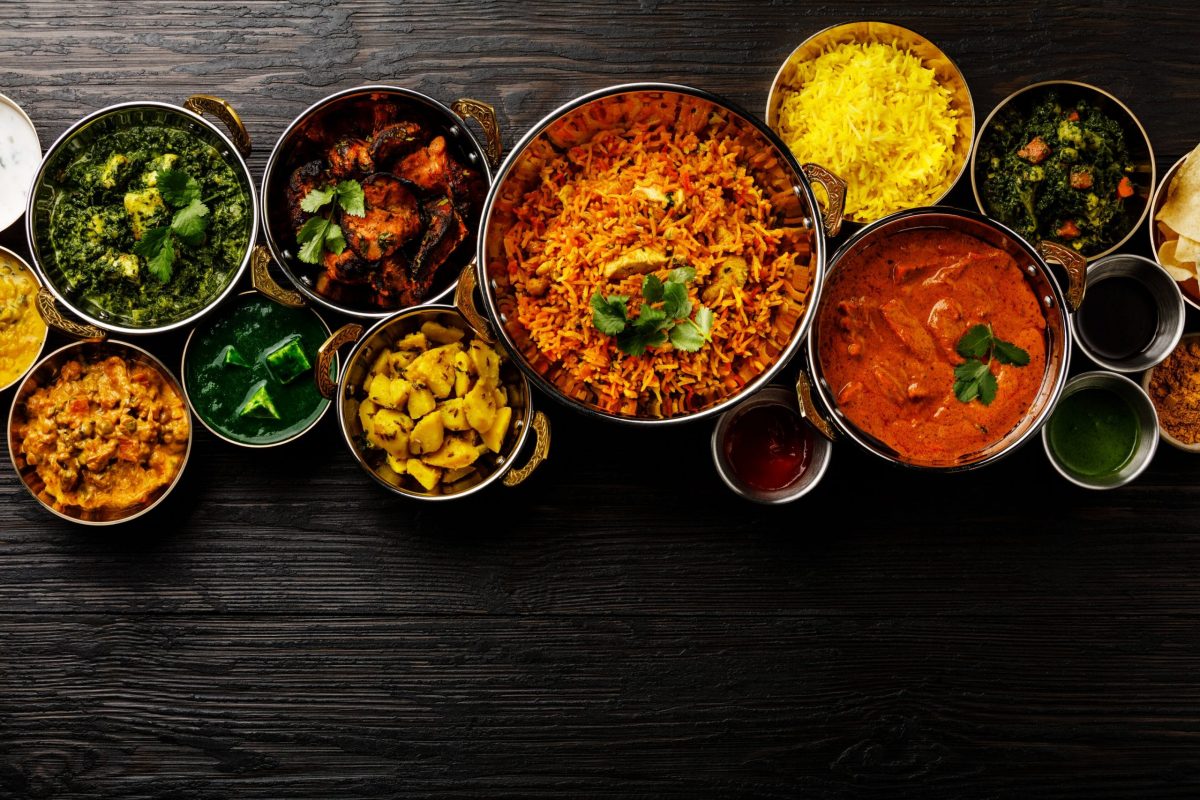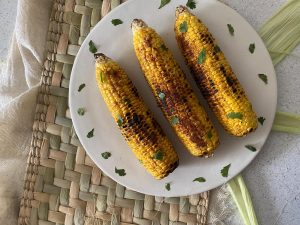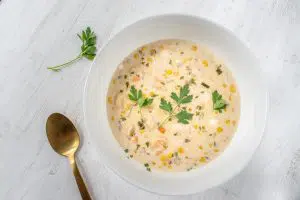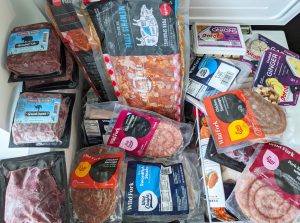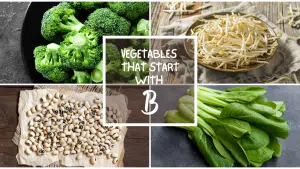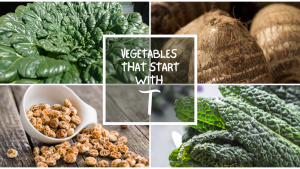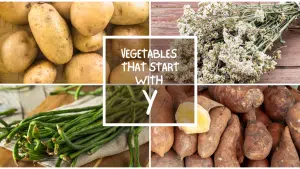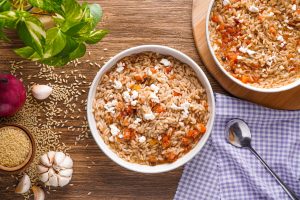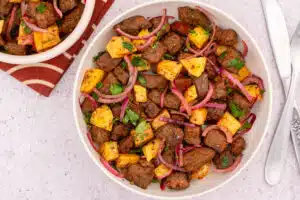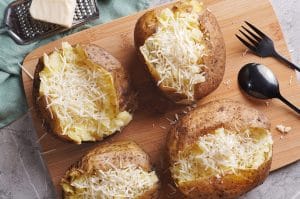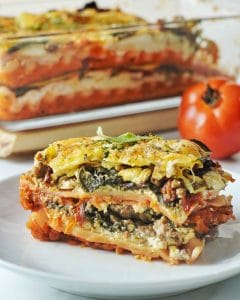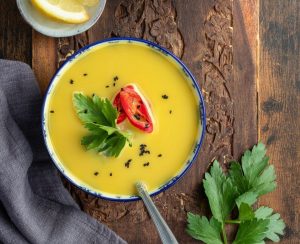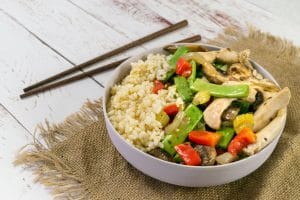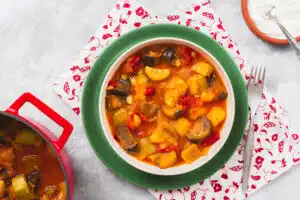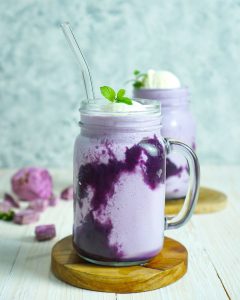South vs. North Indian Food And Other Regions
Important Note: When you buy through our links, we may earn a commission. As an Amazon Associate we earn from qualifying purchases. Content, pricing, offers and availability are subject to change at any time - more info.
Indian cuisine is widely known and a favorite across the world. Like any country’s cuisine, the cuisine differs throughout different regions of India. North India is known for spicier food, whereas the South is known for seafood and coconut-based dishes.
Cuisine differs throughout India because of climate, religion, and the availability of ingredients. South India is closer to the ocean, so seafood is popular in cooking. In the North, different spices are used. The East and the West also differ in cuisine.
India may not be the cleanest country, but I speak out of personal experience when I say they have one of the most exciting food cultures in the world. A trendy topic to explore, I advise you to have your favorite Indian takeaway on standby because you will get hungry!
- South vs North Indian Food
- South Indian Food
- North Indian Food
- Other Regions
- Summary of Indian cuisines
- What’s Interesting about South vs. North Indian Food And Other Regions
South vs North Indian Food

Indian cooking always has that distinctive smell of hearty curries and masala. Although all Indian cuisines may smell the same to you, there is a big difference when it comes to the dishes from the different parts of India.
Some of these differences may be small and not noticed by tourists but knowing these differences can help you find the perfect meal to order as well as the ideal region to visit.
The following characteristics can differentiate South and North Indian cooking:
- Grains: North India grows wheat, making breads like naan popular while South India specializes more in grains like lentils and rice.
- Dairy: Northern India uses ghee in almost all their dishes while southern India uses coconut milk predominantly as a dairy substitute.
- Meat: The chicken or lamb dish you always order at your favorite Indian takeaway, is influenced by north India while South India is closer to the ocean, this results in more seafood being used in cooking.
- Spice: North India tends to produce less spicy food than South India.
- Sauces: Sauces in North India are thicker because of the dairy components. The coconut milk used in South India results in a more liquid sauce.
There is, in fact, more when it comes to North and South Indian cuisine than you might think. You will be surprised how the cooking and flavors difference from town to town in the same region. To experience the flavors of India, you will have to visit every village in this beautiful and diverse country.
Let’s explore the clear difference between North and South Indian cuisine.
South Indian Food
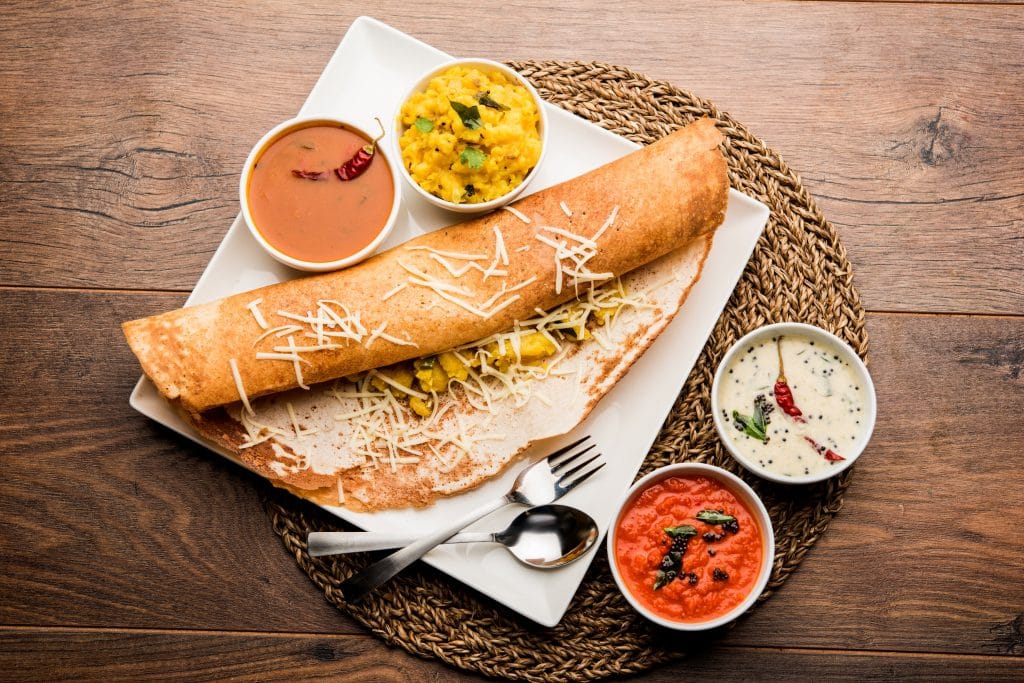
South India produces the hottest and richest food in India, and every meal is centered around rice. Coconut originates from South India and is widely used in cooking. South Indian food is hearty with a tropical influence.
Types of South Indian Food
- Kerala’s food is part of South Indian cuisine. You will find predominately non-vegetarian dishes. Seafood, lamb, and pork are popular in Kerala cooking. With flavors of mango and coconut.
- Andhra Pradesh must be the spiciest of all South Indian cuisines. Here you will find saffron rice, thick curries, and Nawaabi kebabs.
- Tamil Nadu is famous for predominant vegetarian dishes with local spices like star anise and stone flower.
- Telugu cuisine is an essential part of South Indian cooking. South India offers the richest and spiciest food in all of India.
- Red chilly’s is famous in all South Indian cooking, and the cuisine of Telangana is no different. Telangana specializes in Rotis made from millets. Their specialty dishes include Boti made from mutton and red chili paste.
Although the different regions of South India differ in flavors, spiciness, and ingredients, South India still produces delicious food. Recipes from South India include.
My favorite part of Indian cooking is the different breads that are eaten with curries and stews. North India is popular for these different breads. And if you thought Indian breads only consisted of Naans, you are wrong!
North Indian Food

North Indian cuisine consists out of Kashmir, Punjab, Rajasthan, and old/new Delhi cooking.
- Kashmir cuisine is known for its baking traditions. They are known for baking breads like Tsot, a small bread topped with sesame seeds. Rice is the staple food in Kashmir. Most Muslims of Kashmir only consume cooked rice daily.
- Punjab cuisine is buttery and delicious. It was my favorite part of visiting India. I remember their food being simple but rich in flavors. Punjab is mostly vegetarian and uses Tandoori style cooking. They use loads of butter in their cooking. They also use loads of dairy in their cooking. Although cows’ milk is used in some cooking, most Punjabis use water buffalo milk.
- The cuisine of Uttar Pradesh has a large variety of dishes. Wheat is a staple food in this region, making breads popular. Breads are normally served in the form of flatbreads.
Rajasthan cuisine is surprisingly primarily non-vegetarian. They use game meat in their cooking. If you have a sweet tooth, Rajasthan cuisine is for you. They don’t serve “sweet” food as dessert, but rather before, during, and after meals. - New/Old Delhi is the home of street food. You can’t visit old Delhi without going to Chandi Chowk. New and Old Delhi are known for dishes like butter chicken, palak paneer, and Aloo Tikki. You will find fast foods made of simple ingredients at street food vendors like dried rice, onions, and tomato. If you visit a home in Delhi, you will be served traditional Indian breads with vegetarian curries made mostly with dhal and beans.
While living in North India, I noticed that street food has a significant influence on daily life. You don’t need to take lunch to the office outside any office building is a wide variety of street food vendors, and you can find anything from chai tea to samosas.
Something else I noticed is that soft drinks are not popular at all in Northern India. You will struggle to find drinks like coke and Fanta.
Pepsi products are more popular but are also not that widely consumed. If it is 122F outside, the locals still prefer a cup of boiling chai tea. Surprisingly enough, this boiling hot beverage cools you down in the extreme heat.
Coffee lovers! Instead, take your own coffee to India as this is not at all a popular drink. Dairy is also a struggle as cows’ milk is not popular and may not be used in some parts of the country.
Water buffalo milk is available, but out of personal experience, I can tell you that it makes an oily layer on your coffee or tea and tastes different from cow’s milk. Cadbury also produces chocolate made from water buffalo milk.
All labels and packaging in India have a green or red dot on it, indicating whether the product is veg or non-veg. Vegetarian is a massive part of the Indian culture, and it is mandatory to be indicated on any packaging.
Good news for beef lovers, although it is not at all popular or allowed, you can find beef burgers at one or two restaurants in North India. I remember crying when I found my first beef burger after five months in India.
Other Regions
Let’s not forget about West and East India. Although they don’t dominate Indian cuisine, they still have delicious dishes to offer.
You will also find street food in these regions, and the street food differs drastically from the street food in the North and South.
West Indian Cuisine
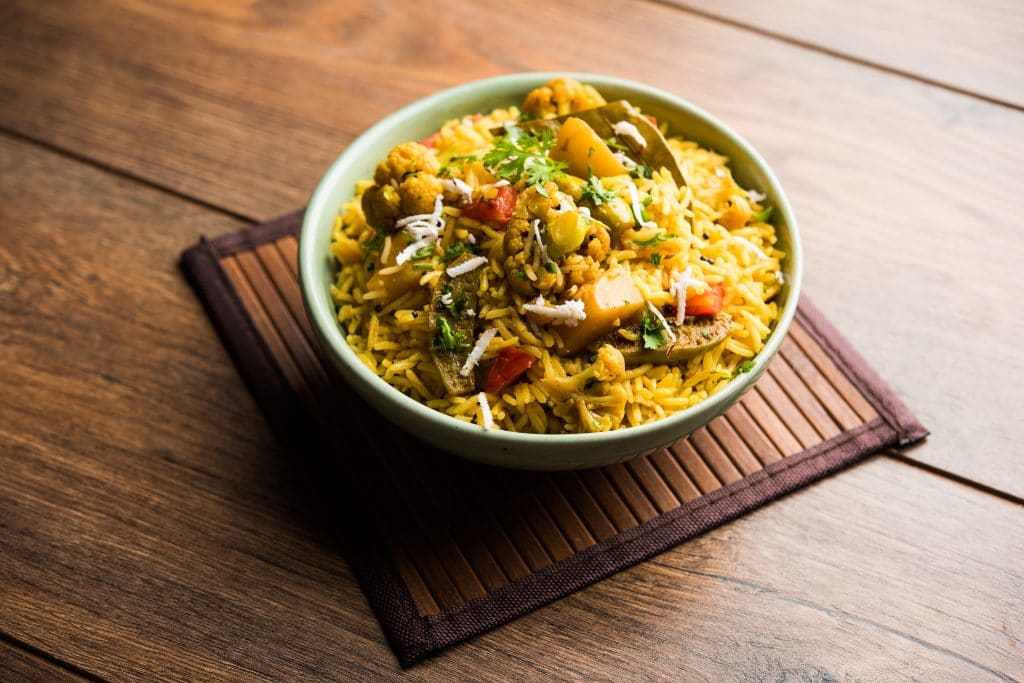
West Indian cuisine has a significant Caribbean influence. Known for the most diverse Indian cuisine, West India is primarily vegetarian and uses grains and gram flour in their cooking. Popular West Indian dishes found in the US are dishes like Pork Vindaloo, Fish Curry, and Bhelpuri.
In case you didn’t know, Mumbai is in Western India, famous for their seafood. Dishes that can be found in Mumbai includes:
- Masala Bhaat
- Kakri
- Baked Fish
- Surmai Fish Fry
- Pani Puri
- Aloo Chaat
- Chicken Tikka
Do you crave some authentic Mumbai food? Luckily you can prepare it at home. Chicken Tikka is a popular Indian dish and is easy to make and delicious.
East Indian Cuisine

East Indian cuisine consists out of West Bengal cuisine and Odisha cuisine.
Bengali cuisine is divided into West Bengal and what is now known as Bangladesh — known for its spread of confectioneries and desserts. Bengali cuisine has a Mughal influence (Muslim). Dishes like Biriyani, korma, and bhuna are popular. The Mughals had a significant impact on meat and introduced mutton into Bengali cuisine. On the Bangladesh side of Bengali cuisine, Mughlai cuisine is known for its richness and aromantics due to the use of spices like saffron, black pepper, and dried fruits.
In West Bengal, staple foods are rice and fish. Most Bengalis also consume mutton, eggs, and chicken. Popular spices include cumin, bay leaf, and ginger.
The differences are all these Indian cuisines may seem confusing, but it is simple. Some parts are stricter vegetarian than others. The cooking styles also differ between areas.
Summary of Indian cuisines
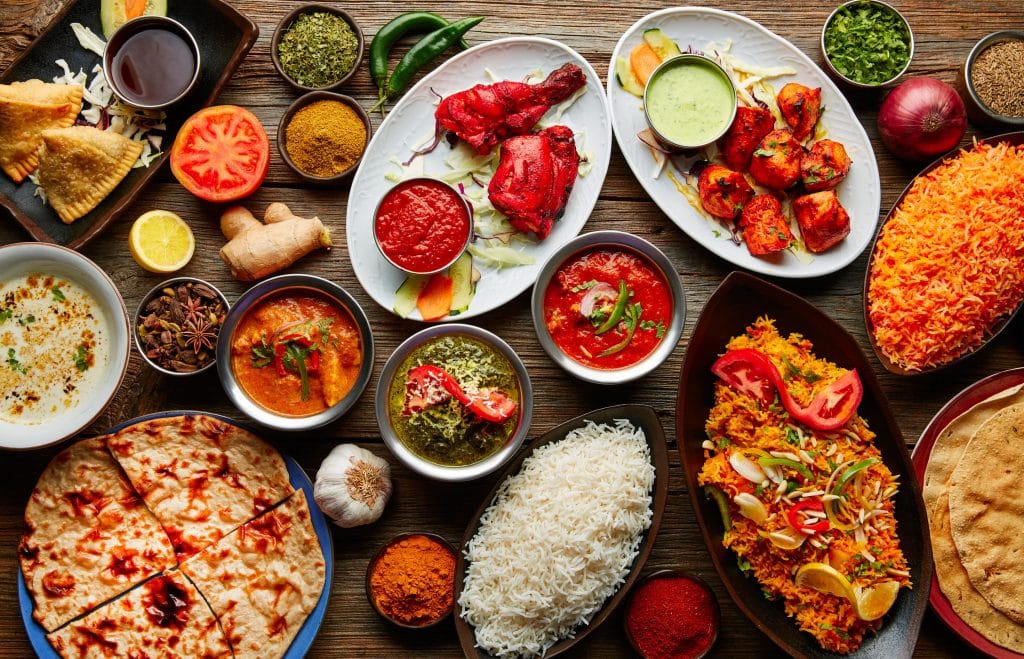
All these different cuisines might be confusing, and, in the end, all sound the same except for other proteins consumed throughout the regions of India.
Apart from the different cooking styles and grains that are used, street food also differs from region to region.
One element that stays consistent throughout India is the love locals have for Chai tea, vegetarian cuisine because of different religions, the consumption of beef products and milk, and the love of all things sweet.
There are, in fact, a few significant differences in Indian cuisine types. These differences can be summarized as follows.
| Characteristic | South India | North India | West India | East India |
| Spiciness | Considered Spiciest in the world | Spicy and Aromatic | Milder compared to other regions | Milder compared to other regions |
| Staple Food | Rice | Wheat and wheat-based products | Wheat and wheat-based products | Millet |
| Vegetarian/Non-Vegetarian | A mix of both, with seafood, consumed widely throughout this region | Non-Vegetarian products like mutton and chicken are consumed | Predominately vegetarian | Predominately vegetarian, but seafood is also consumed. |
Apart from the different cuisines in India, you can also find unique menu items at your favorite fast-food restaurants. In all the different regions of India, you can find McDonald’s, KFC, and Burger King.
I struggled to order fast food during my time in India because none of the standard options are available. At McDonald’s, you won’t find the internationally known Big Mac with beef. They do offer a Big Mac, but it is made with a veggie patty.
They do offer most of the chicken products, such as the McChicken and chicken nuggets, but the sauce options differ from the rest of the world.
At KFC, the chicken tasted totally different. The chicken is spicier and has a popcorn chicken consistency.
Burger King does not have a beef Whopper instead, you can find a chicken or veggie Whopper. The Whopper is also spicy or served with masala sauce.
When it comes to fast food in India, I would advise you to stick to traditional Indian fast food as it is part of the cultural experience. You can try international fast-food options, but it won’t be anything you are used to.
On a final note, throughout India, you can find unique and exciting desserts. It may not be the chocolate cake or trifle you are used to, but they are worth a try.
You can also find ice cream vendors on the street of India but be warned it’s not the creamy cow’s milk soft serve you are used to.
What’s Interesting about South vs. North Indian Food And Other Regions
India has one of the most interesting, flavourful, and diverse cuisines in the world. Whether you immigrate to India or just go on holiday the culture as well as cuisine may be a huge shock. The food available in the different regions in India is delicious, and all of them are worth a try.
Real homemade food in India is unique, and the food you are used to at your local Indian takeaway is a thousand times more delicious in India.
